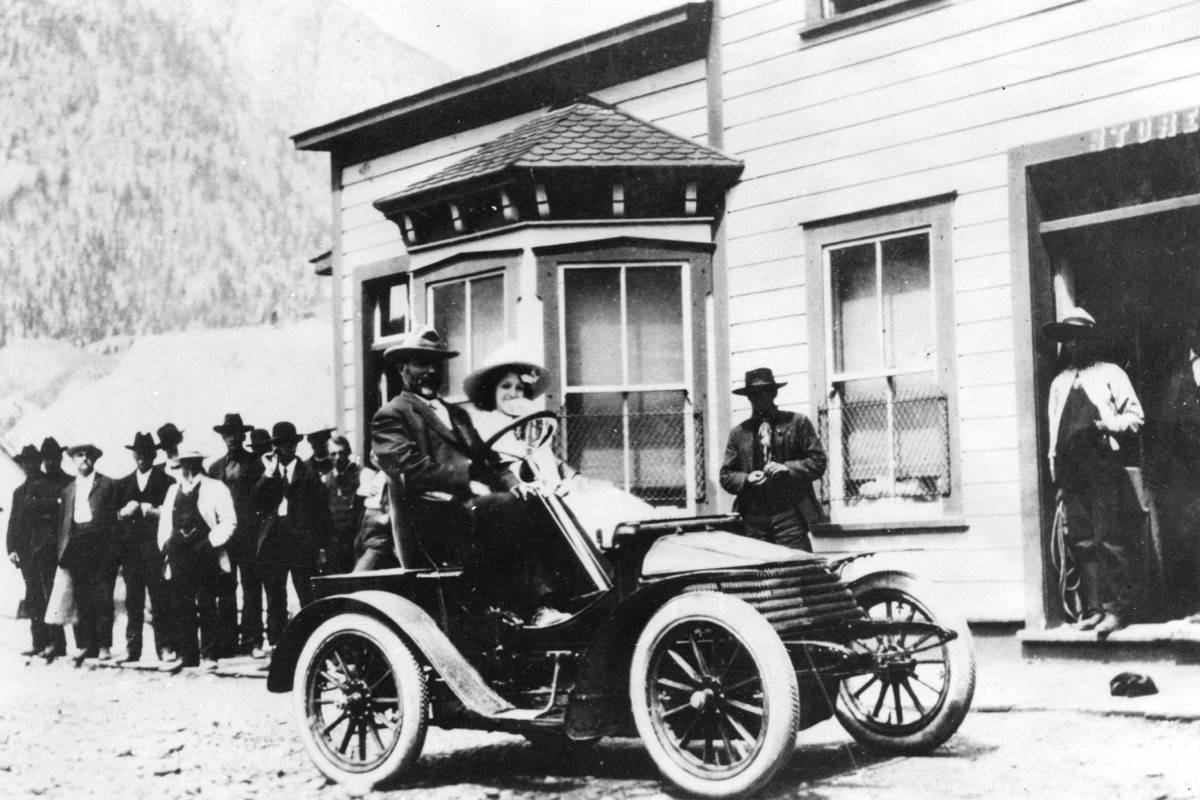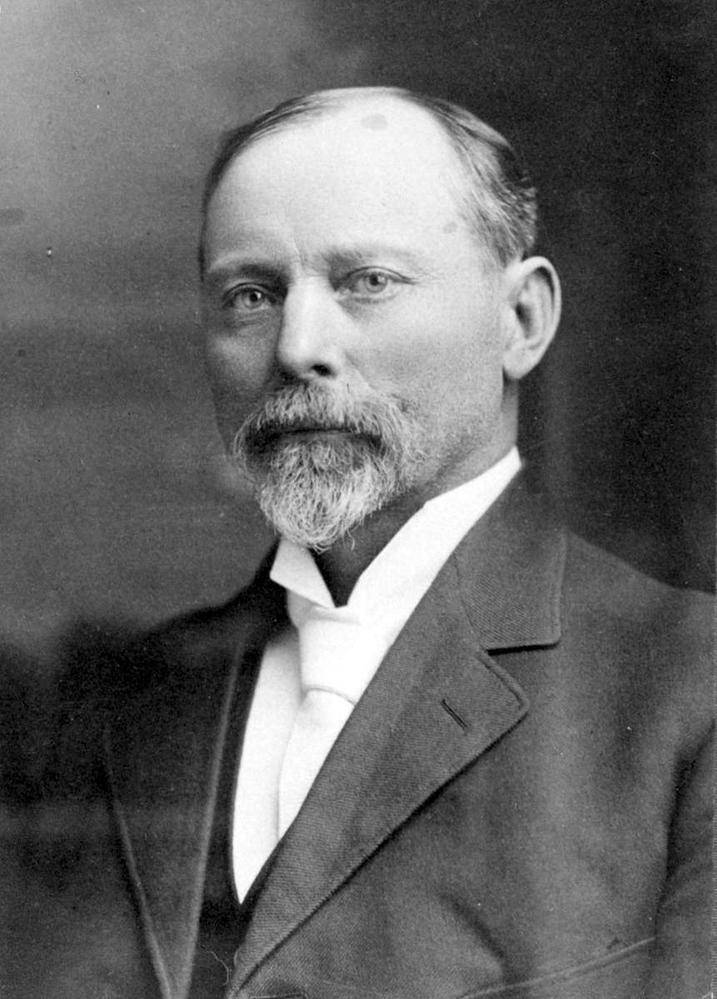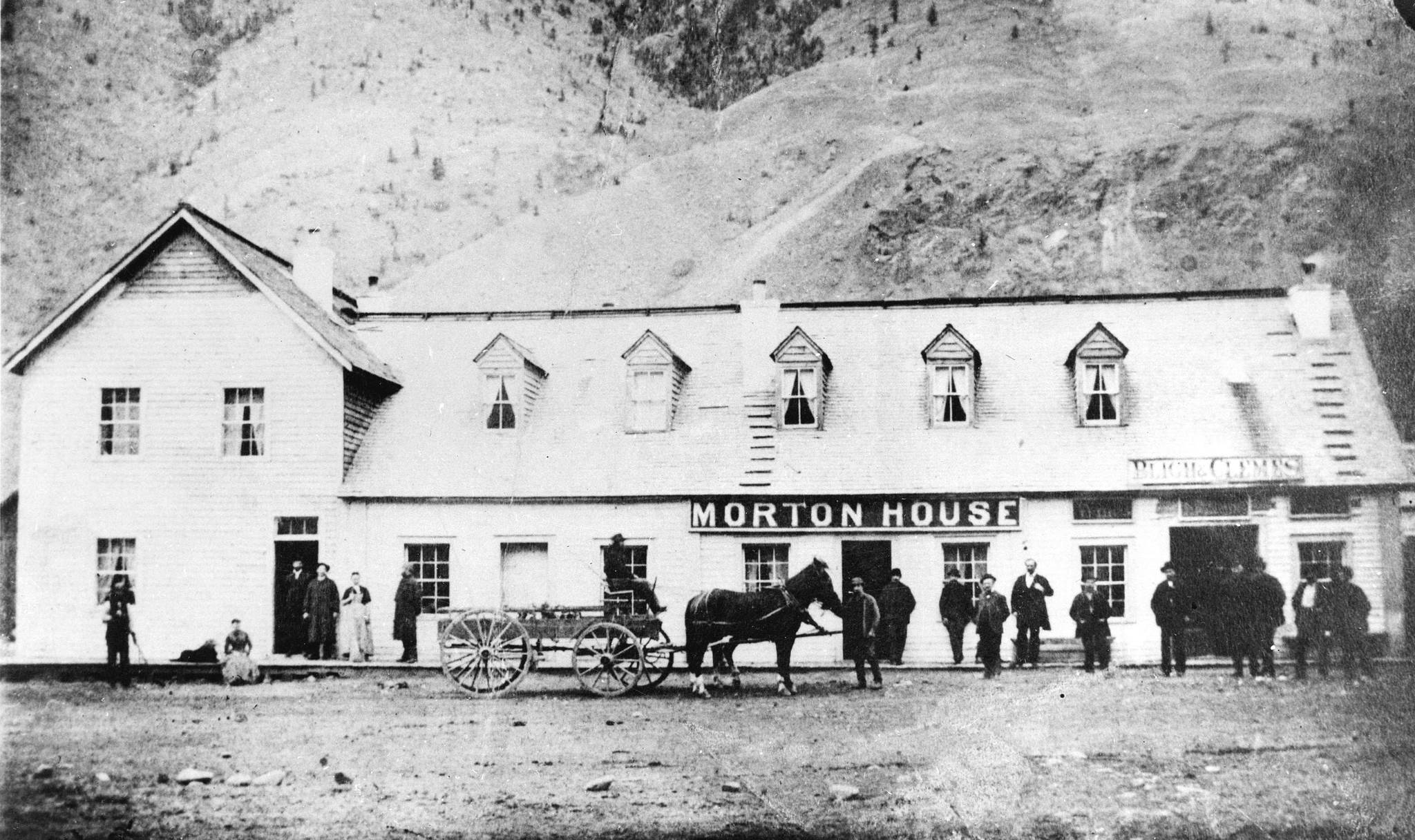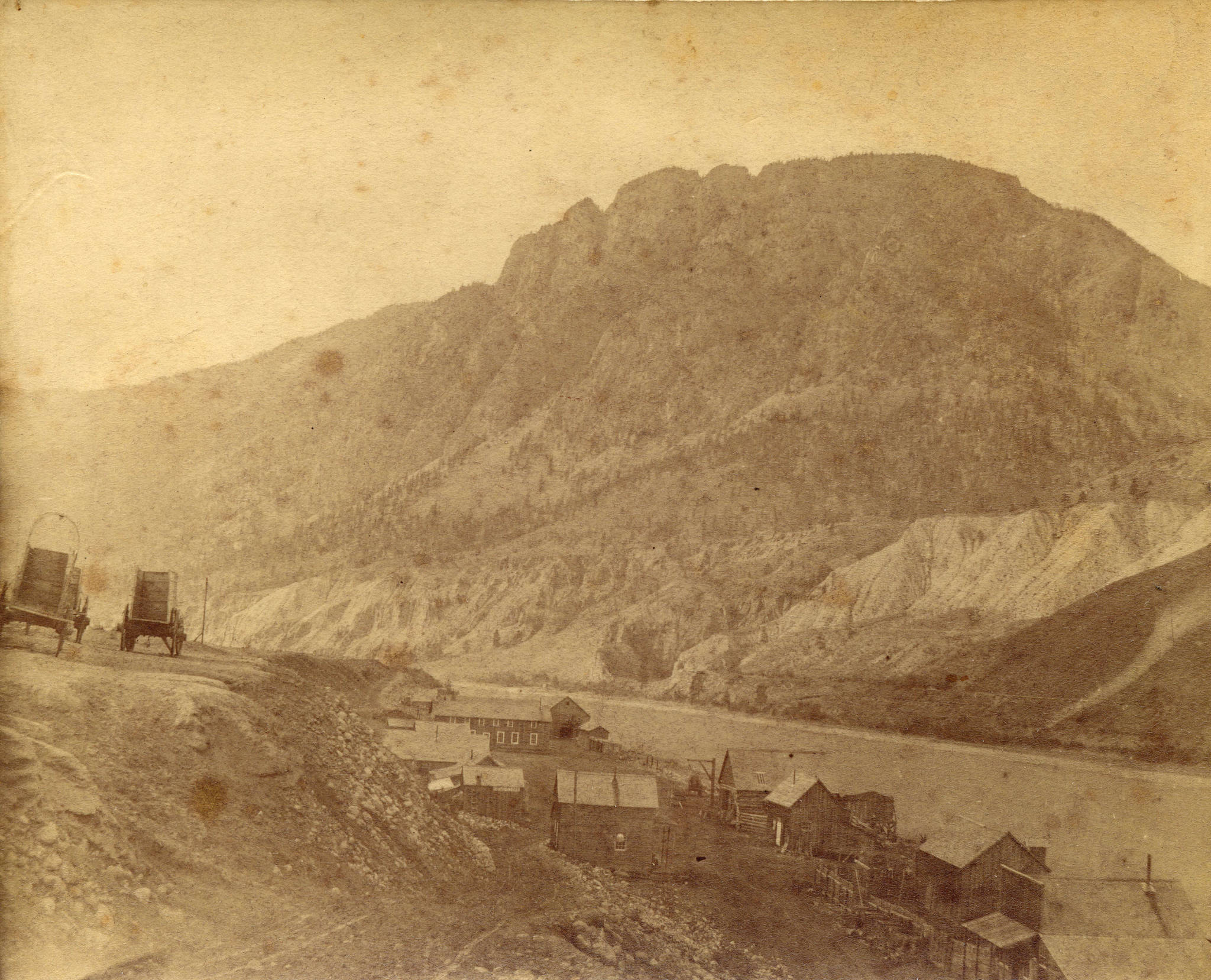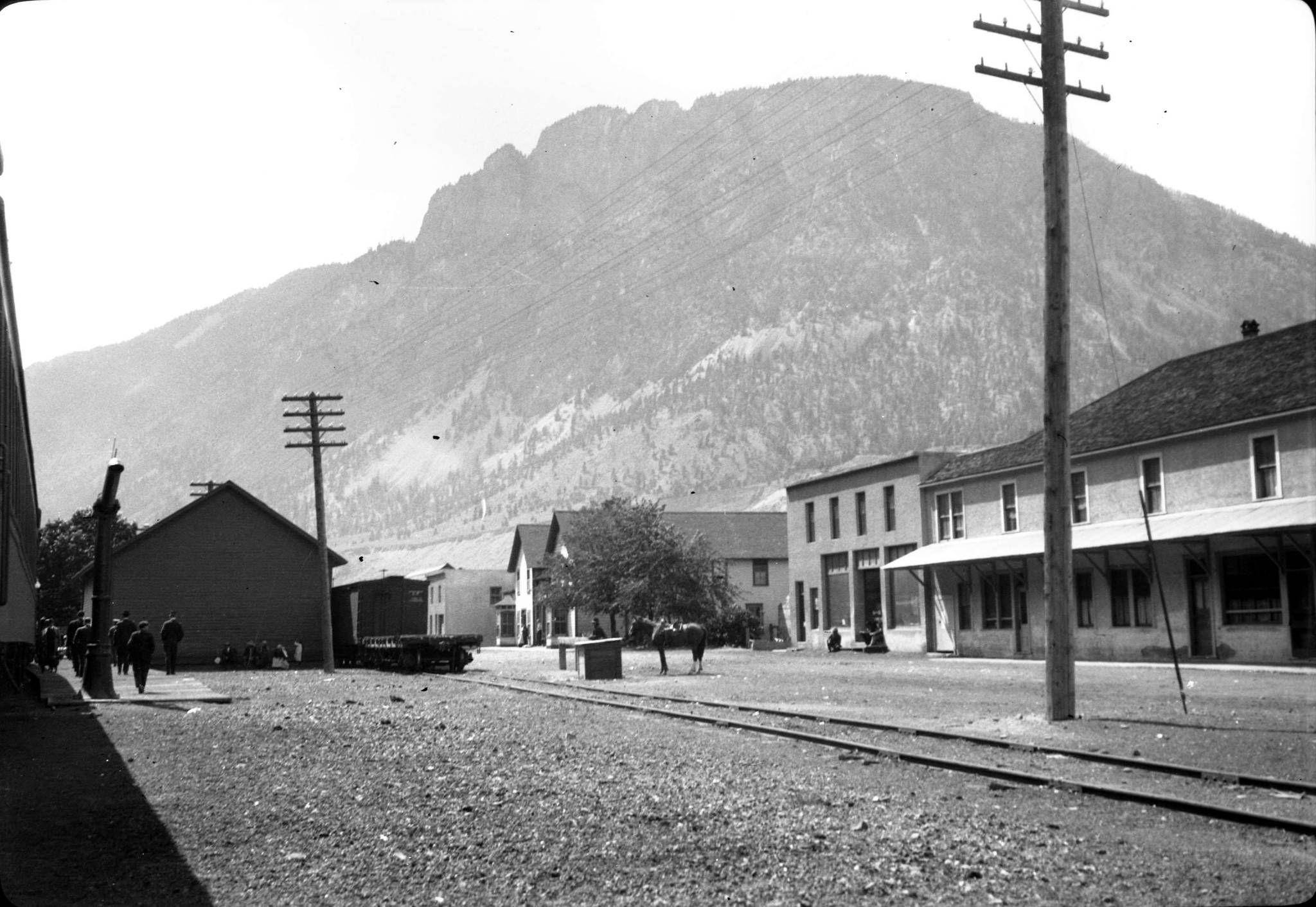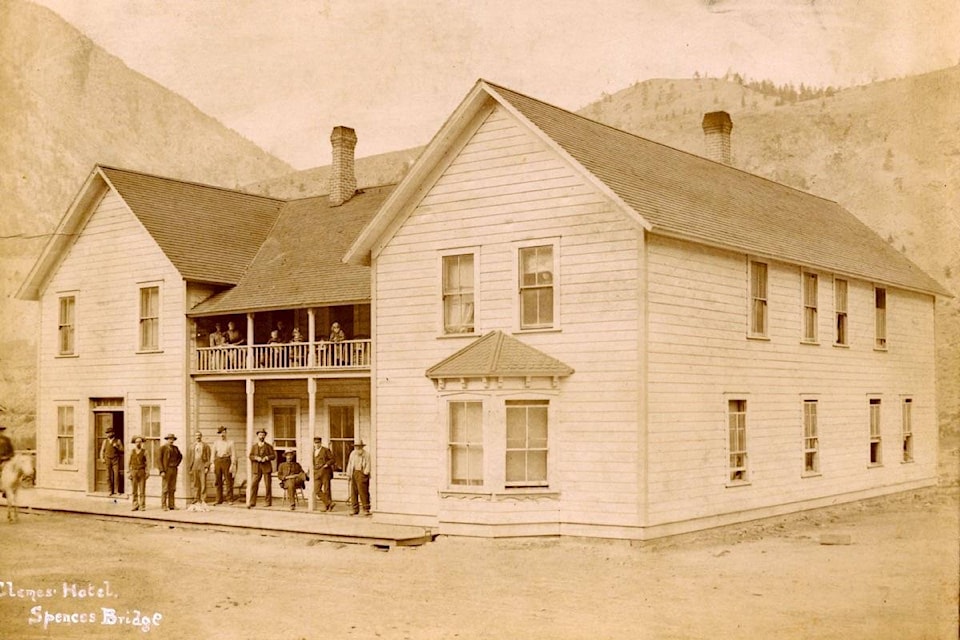What’s the thread that links a modest community hall in Spences Bridge, a long-gone roadhouse north of Lytton, a still extant hotel on Vancouver’s East Hastings Street, and the famous Marx Brothers comedy group?
They’re all connected by a man known as Archibald Clemes, although he was born Arthur Clemes in 1851 in Cornwall, England (confusingly, his surname is also spelled “Clemis” in some early records, and another source refers to him as Art Clements). His family came to Canada in 1854 when Archibald (to give him the name by which he is best known in the B.C. Interior, although he officially went by Arthur) was only three, settling in Ontario.
By 1881 Clemes had made his way to British Columbia, where he appears in census records as Art Clemis; his age is incorrectly given as 27, while his wife Esther, also from England, is described as aged 29. The census form of 1891 shows Clemes listed as Archibald Clemis, a hotel keeper, and his age is given as 37, while Esther is recorded as being 35. In 1901 the census form asked, for the first time, for a date of birth, and Art Clemes—as he is recorded—is shown as having been born on Nov. 13, 1851, while Esther’s date of birth is listed as Oct. 8, 1851. Clemes is described as a hotel keeper and rancher. In 1911 he is Arthur Clemes, and a rancher, and in 1921 Art Clemes is described as a farmer (Esther had died in 1918). No children are ever mentioned.
The 1881 census lists Clemes as a hosteler, but we do not know where. What we do know is that by 1882 (or 1884; sources differ) he and Esther were running the roadhouse at Nicomen, between Lytton and Spences Bridge. They were described as a colourful pair, with Esther known as a formidable woman. On one occasion she had to subdue a quarrelsome customer, which she achieved by hitting him over the head with a chamber pot; an act which sent the unfortunate man to hospital in Lytton, where he was treated for concussion.
By the time Jessie Ann Smith and her husband John arrived in Spences Bridge in March 1884, Archibald and Esther also operated the Morton House hotel in Spences Bridge for pioneering orchardist John Murray. The hotel, located on the south (or Trans-Canada Highway) side of the river, had started life as Cook’s Ferry roadhouse in 1861, but had been much expanded and added to over the years. According to Jessie Smith, it was not the only hotel in Spences Bridge:
“When we first arrived, we passed a hotel on the south bank of the river owned and operated by Mr. and Mrs. S.M. Nelson and their two sons. At the mouth of the Nicola River, a short distance east of town, Mr. Richard Curnow operated a stopping-place on his Nicolamouth Ranch. But, travellers to the Cariboo usually drove across the bridge and stopped at the Morton House.”
Smith and her husband moved to the Nicola Valley in 1887. By the time they returned to Spences Bridge a decade later, Clemes and his wife had purchased, and were running, Nelson’s Hotel, although according to Jessie Smith they had closed the original hotel close to the river, and built a new one higher up the bank; if Smith’s account is accurate, this is the present-day Inn at Spences Bridge, still in operation.
Clemes had also bought part of the estate of John Murray, who had died in 1896. Smith writes of Clemes that “He was a very sharp business man and had bought various pieces of property in Vancouver which proved to be excellent investments. He became quite a wealthy man.” By 1901 he was the leading business figure in Spences Bridge, owning the general store as well as Nelson’s Hotel, and acting as the town’s postmaster and later a justice of the peace.
He was also a world traveller, and around the turn of the last century he was in Europe, where he was greatly taken with a Wolseley automobile that was exhibited there. Shortly thereafter he ordered one, having it shipped via Cape Horn so that it could be transported in one piece; if it had come by the more direct North Atlantic route it would have had to be taken apart and crated, then shipped across Canada by train and reassembled on arrival, and there was no one in the Interior at the time who could undertake such work. The vehicle duly arrived, and is said to have been the first car in the Interior of B.C., in 1903.
As has been mentioned, Clemes began buying land in the young and growing city of Vancouver. He built six houses on property at Hamilton and Georgia Streets, and the Regent Hotel on East Hastings Street; the hotel, little changed on the exterior, still stands. In 1908 he partnered with theatre impresario Alexander Pantages to build the Pantages Theatre, located beside the Regent on East Hastings, and owned the property for many years.
The theatre attracted a wide variety of live acts, from comedy and animal acts to musicians, acrobats, hypnotists, and boxers. In August 1911 a relatively new comedy act known as “The Three Marx Brothers” made their first Vancouver appearance at the Pantages Theatre, with Groucho Marx playing a German-accented schoolmaster in a skit called “Fun in Hi Skule”. In 1913 the group—now known as The Four Marx Brothers—returned to the Pantages.
By 1906 Clemes had leased much of his land in Spences Bridge to Chinese workers, and he and Esther travelled to the U.S. and Mexico. In 1907 Clemes built a small cement and stone building in Spences Bridge. Located just down the road from his hotel, its construction was inspired by buildings he had seen while in Mexico, and it still stands, with Clemes Hall—as it is now known—proudly continuing to serve as Spences Bridge’s community hall.
In 1913 he installed the first power plant in Spences Bridge at the base of Murray Creek falls, which brought electricity to the town. He died in 1922, by which time he was known as “The Owner of Spences Bridge”, and is buried in a small cemetery just off the Trans-Canada Highway at the south end of town. It is said that his horse is buried at the site as well; there is no word as to where Esther Clemes is interred. At the same spot, one hopes.
editorial@accjournal.ca
Like us on Facebook and follow us on Twitter
